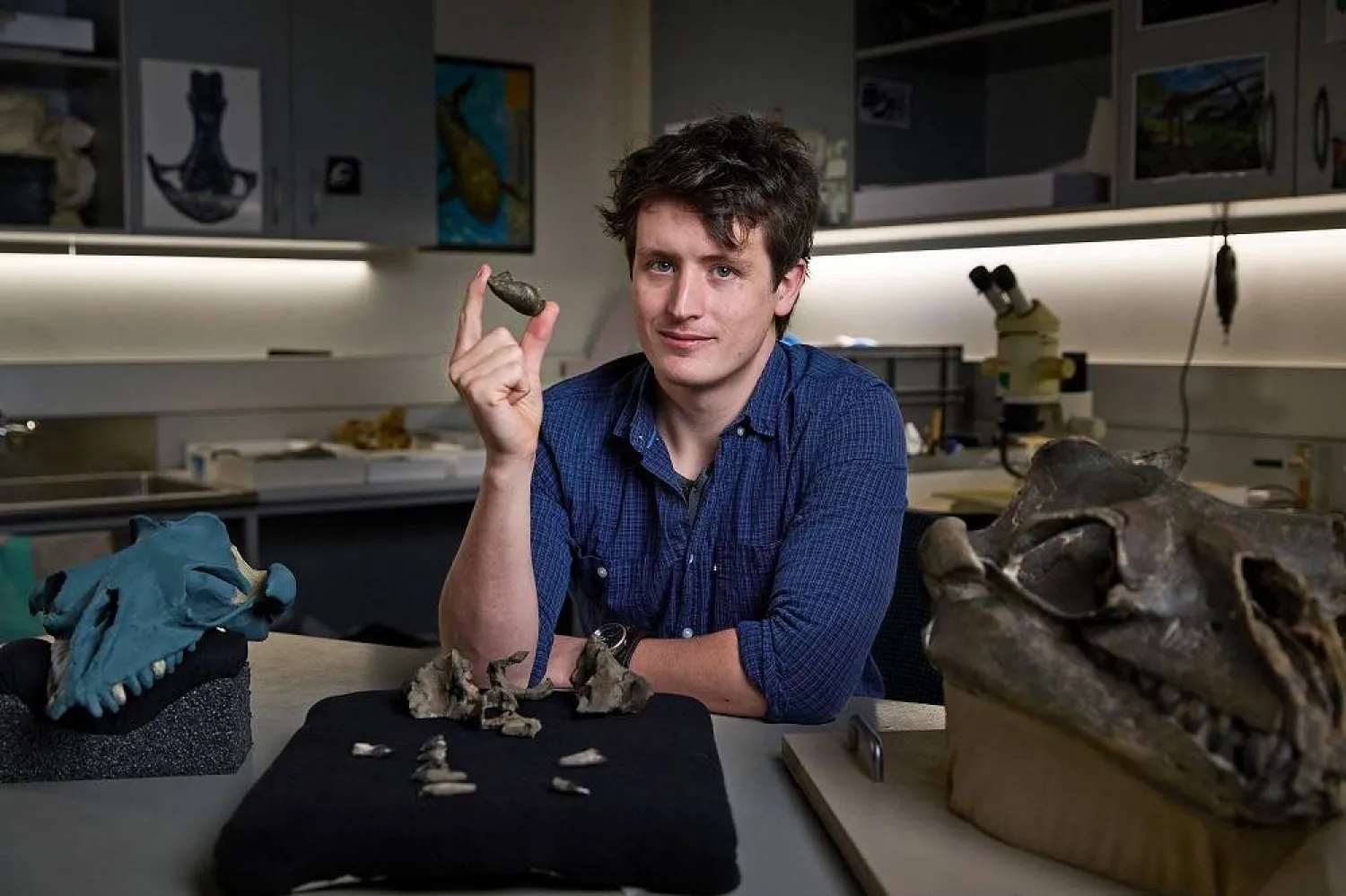If the world has not closed due to the spread of the Corvid-19 virus, Belgium would now be celebrating the year of Jan van Eyck by holding exhibitions, concerts, theater performances and festivals.
On this occasion, the Flanders region had organized many events including a major exhibition of Jan van Eyck in Ghent, reported AFP.
Before closing its doors in line with the lockdown measures aimed at halting the spread of the coronavirus, the exhibition dubbed "Van Eyck: Optical Revolution" held at the fine arts museum in Ghent received 130,000 visitors since its opening on February 1. Now, the museum offers art lovers the chance to enjoy the works of the Flemish artist despite the pandemic-related measures through a number of guided virtual tours.
Historian and curator expert Till-Holger Borchert recruited all his knowledge in the guidance of the virtual tour across the "stay home exhibition" on the vaneyck.2020be website.
According to the organizes, only around 20 of works of Van Eyck, a leading figure of early Netherlandish painting, are popular, and the "Van Eyck: Optical Revolution" features 13 of them, which make it the biggest exhibition displaying the artist's works.







